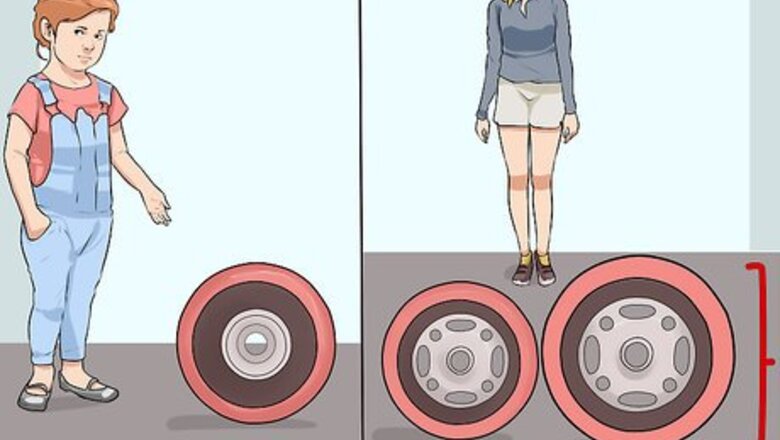
views
Understanding Your Choices
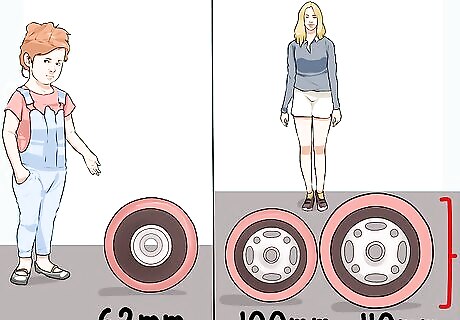
Follow your optimum wheel size. Recreational skates wheel sizes can vary between 62mm for kids skates, up to 100mm (some even go to 110mm) for adult skates. Which should you buy? First check your frames. Every skate frame has a limitation on how large a wheel can fit the frame. Dismantle your skates to find wheel size limit. It's best to go as large as your frames permit because the larger the wheel, the easier and smoother the ride. Literally you get more out of your skates with a bigger wheel. The key is comfort, ease and moderation. If it feels too much then its not good for you. Very rarely does a skater get every thing right the first time they buy skates. Understanding who you are as a skater or what you want to experience helps a lot to decide which wheels are for you. A note for aggressive skaters: small wheel size is essential to ensure flexibility in doing tricks but do check out power blading videos to give you and idea on what bigger wheels can do for you.

Understand your boundaries as a skater to help you choose better wheels. Believe it or not, even inline skaters who proclaim themselves to be free rollers have to stick to boundaries. Boundary number one: Body weight Boundary number two: Skate surfaces. These two boundaries will help you determine how hard you want your wheels.

Understand hardness. Yup, inline skate wheels have a certain hardness predetermined by their chemical compound which is called its durometer. Usually indicated by a number such as "82a". There are more articles on this on other sites but what you should know is that manufacturers made wheels with you in mind, it's just they can't determine where you skate and how heavy you weigh. A larger person needs harder wheels (usually 78a-90a) so the wheels can roll smoothly. Kids with wheels that are too hard might complain when skating on surfaces like rough asphalt (recommended 76a-82a). Rule of thumb is the harder and smoother the surface, the harder the wheel; the more uneven the surface, the more the wheels need to be softer. Lighter people have more of an option (option ranges between 76a-82a).
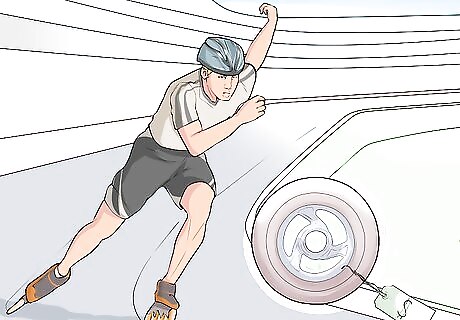
Know what factors into price. Prices vary and can run high, and the wheel choice can get complicated: In the world of roller sports, inline speed skating holds a league of its own. In the 2012 world championships in Italy, all team managers where placed on their heads when the surface of the track turned out to be antiquated. The managers scrambled to get wheels for this surface, some prepared before hand by bringing a whole suitcase of brand new wheels. In the end most of the skaters had to individually test one by one which mix worked. The sizes were the same, just the brand, hardness, chemical compound and color differed between each skater. What's mind boggling is when you consider each wheel can cost retail between USD 25-35. Some of which were custom pressed for the event. The teams with the best wheel support dominated the races. What's the moral of the story? Brands, year of make, which skate celebrities are using them all dictate the price of the wheels. Wheels can sometimes be hotter than the skates themselves.
Buying Your Wheels
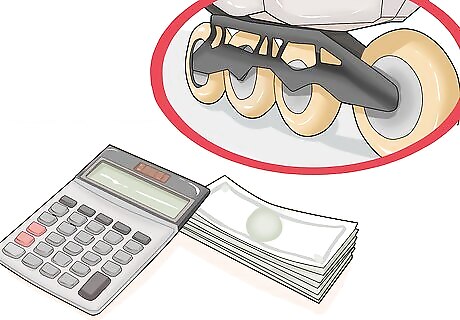
Start with your budget limit. Ask yourself how much would you spend maximum on a set of wheels? If you can't answer that, ask the person who is going to buy the wheels for you.
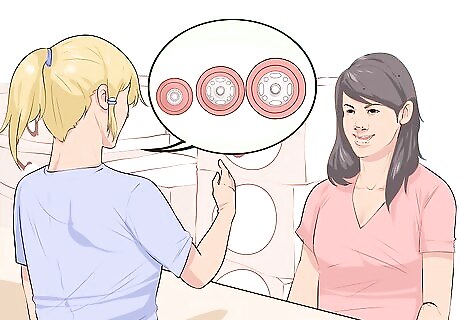
Consider time frame and stock availability. Get the phone numbers on who can provide you wheels, then clarify with them what stock is available, the price and if they don't have it, when will they restock? Never stop at one phone number. If they don't have a phone number or web page, go to their shop and see for yourself.
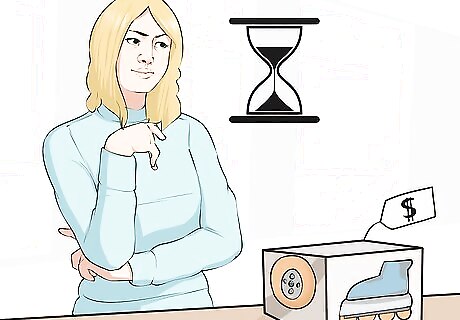
Play it cool and make a considered choice. Once you've got an offer or several offers don't immediately buy it, at least walk out of the store, get a cup of tea, put your pros and cons on paper. Then go back and buy it. Nothing hurts most than knowing you could have bought a better option.

















Comments
0 comment